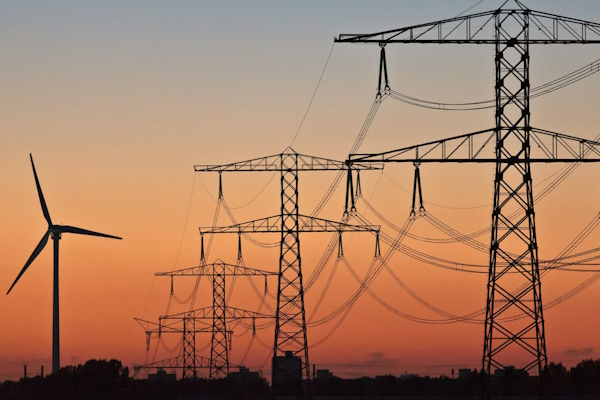Electrification

Electrification: Transforming the Future of Heating and Cooling with Innovative Heat Pumps
As global efforts intensify to curb climate change, the electrification of heating and cooling systems has emerged as a transformative strategy, reshaping energy use in homes and buildings around the world. At the forefront of this shift are innovative heat pump technologies, which promise efficiency, sustainability, and significant reductions in greenhouse gas emissions.
The Push Towards Electrification
Traditionally, heating and cooling have relied heavily on fossil fuels, such as natural gas, oil, or coal, contributing substantially to carbon emissions. Electrification replaces these systems with cleaner, electricity-driven solutions. With electricity increasingly sourced from renewable energies like solar, wind, and hydro, electrifying heating and cooling becomes an essential step toward sustainability.
Heat Pumps: The Heart of Electrification
Heat pumps, which efficiently transfer heat from one place to another rather than generating it directly, represent the future of electrified heating and cooling. Unlike traditional heating systems, heat pumps can both heat and cool spaces, providing a versatile, year-round climate control solution. The technology works by extracting heat from external air or the ground in cold weather and reversing the process to expel indoor heat outdoors during warmer periods.
Innovations Making Heat Pumps More Effective
Advances in heat pump technology have significantly increased their efficiency and reliability. Key innovations include:
- Air-Source Heat Pumps (ASHPs): These are the most common type, increasingly effective even in extremely cold climates due to technological advancements in refrigerants and compressors.
- Ground-Source Heat Pumps (GSHPs): Leveraging stable ground temperatures, these systems offer highly efficient heating and cooling, with even greater efficiency gains and longevity.
- Smart Controls and Integration: The integration of smart technology allows heat pumps to automatically optimize energy use based on weather conditions, energy prices, and homeowner habits, further reducing costs and emissions.
Environmental and Economic Benefits
Electrification through heat pumps offers substantial environmental benefits by significantly reducing carbon footprints. Economically, although initial investment costs can be higher, long-term savings are substantial due to lower energy consumption and maintenance costs. Governments worldwide are supporting these initiatives through incentives, subsidies, and policy frameworks aimed at encouraging adoption.
Challenges and Future Outlook
Despite clear benefits, challenges remain. High upfront costs, the need for electrical grid upgrades, and homeowner awareness and education are barriers to widespread adoption. However, continuous innovations and supportive policy measures are gradually overcoming these obstacles.
The future of heating and cooling is undoubtedly electrification, driven by groundbreaking advancements in heat pump technology. As society moves toward greener, more sustainable living, embracing electrification and innovative heat pumps will be crucial in achieving environmental goals and creating a sustainable, comfortable future for everyone.






